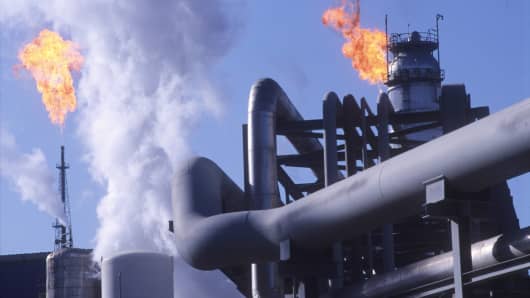Still, that extra output is a relatively small share of the overall daily supply of roughly 97 million barrels a day of global production, according the latest EIA estimates.
And despite its vast reserves, the Iranian oil industry is overdue for investment and development of its oil resources, with output declining from aging oilfields.
That investment won't be easy to attract, some analysts believe. For starters, it will be several years before potential foreign partners can get some assurance that Iran will live up to its side of the nuclear arms deal, according to Andrew Slaughter, executive director of Deloitte's Center for Energy Solutions.
"The overriding risk for any company setting up operations in Iran is whether this new agreement will succeed," he wrote in a recent report. "Any compliance issues with Iran's nuclear activities, or even inspection and verification snags, could trigger renewed sanctions."
Iran is also looking to attract investment at a time when the capital available for oil and gas development has contracted sharply, as major U.S. and European oil companies slash capital spending in response to the crash in oil prices.
Even without sanctions, Iran's current leadership faces the potential political instability brought about by the severe economic pressures inflicted by the collapse in oil prices. Like many major oil producers that relied heavily on oil revenues to fund government spending, Iran faces a huge budget squeeze unless prices rebound above $60 a barrel.
That means investors in Iranian oil and gas development also face the risk of instability within the Iranian government, according to Paul Stevens, an oil industry analyst at Chatham House.
"Leaving aside the nuclear issue, the international oil industry is deterred from investing in Iran by the perception that the domestic political situation is uncertain," he said in a report.





